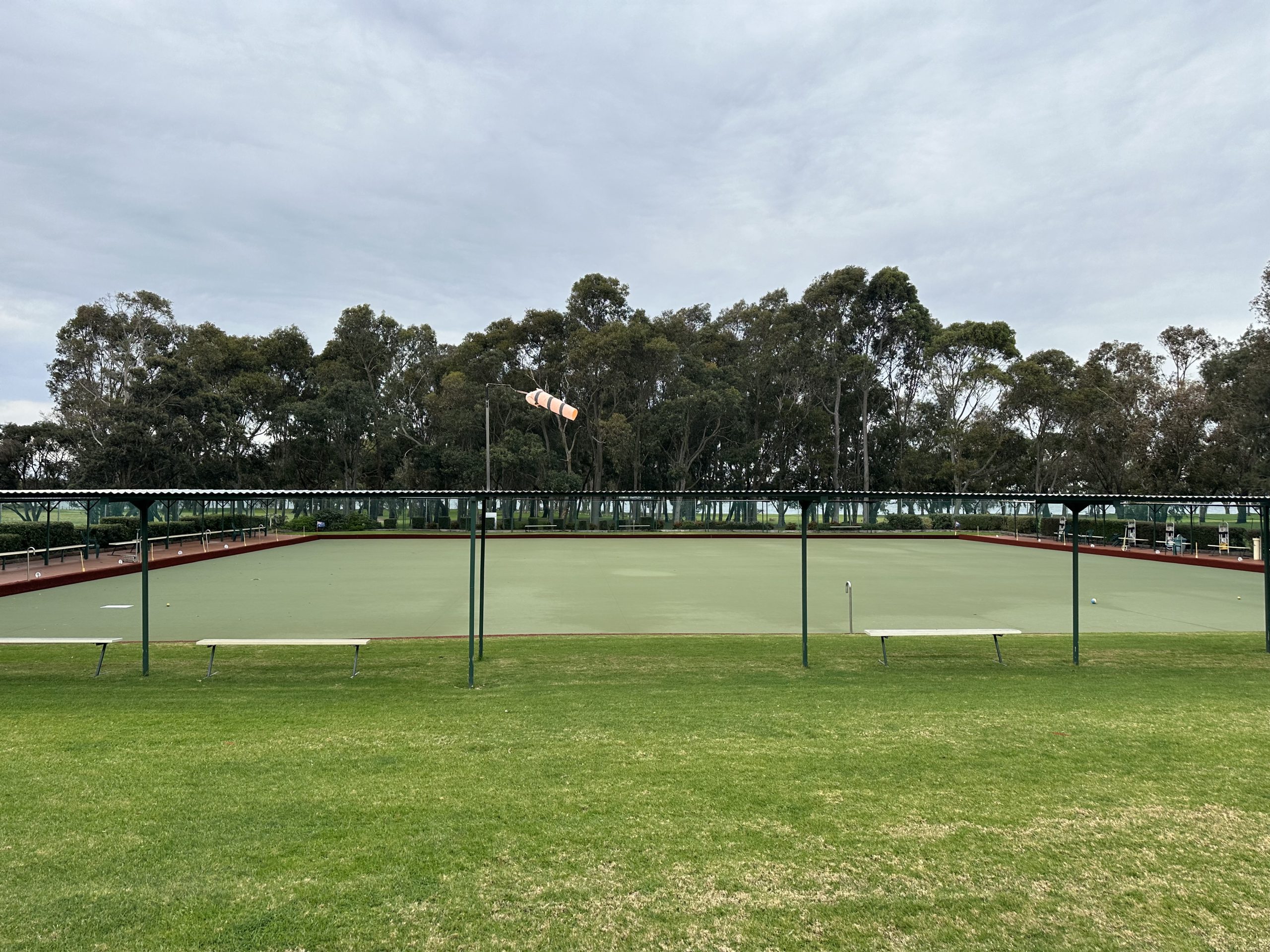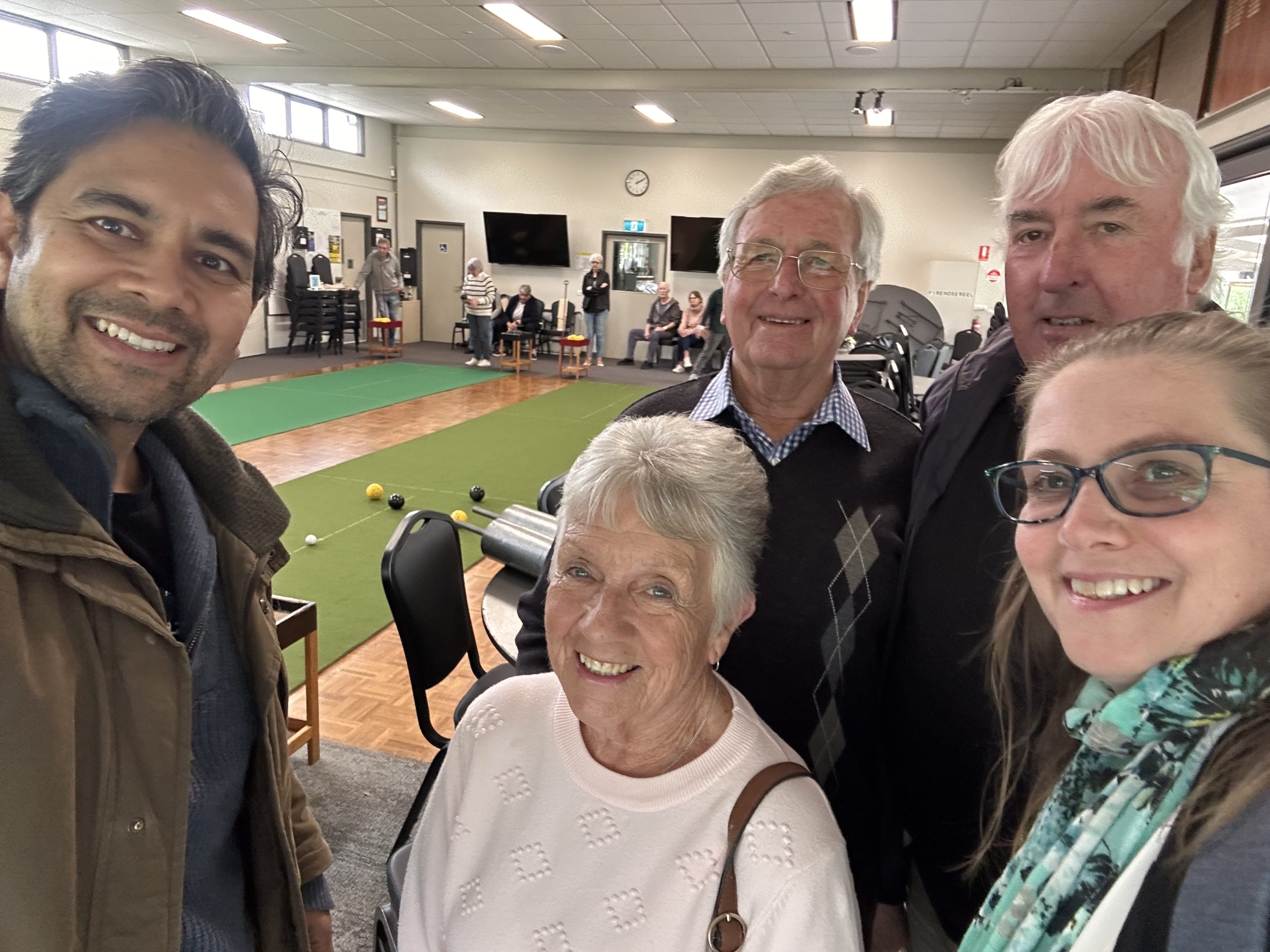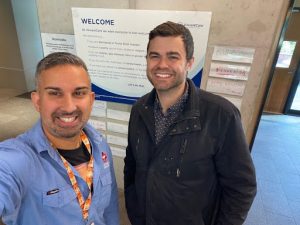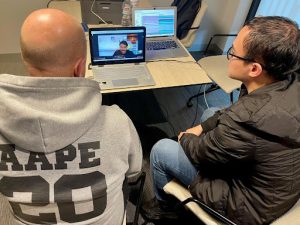As the digital age progresses, the gap between those who are digitally literate and those who are not becomes more pronounced—particularly among older adults. This digital divide poses significant challenges, from accessing essential services to staying connected with loved ones. However, initiatives like the Atticus Health – Tablet Donation Program are making strides in closing this gap by not only providing technology but also the necessary support to ensure older adults can navigate the digital world effectively.
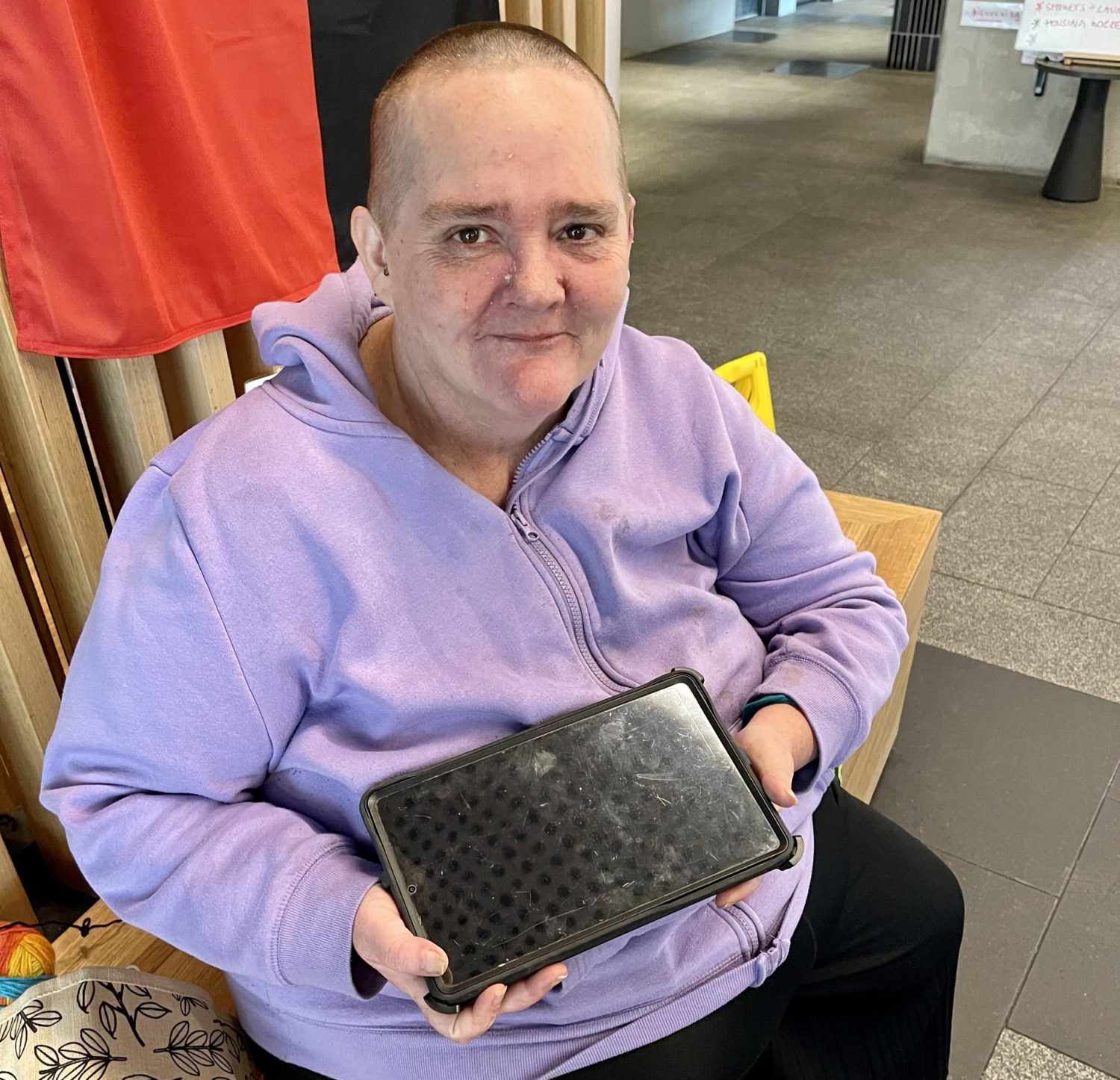
Addressing Barriers to Digital Literacy
Older adults often face numerous obstacles when it comes to embracing technology. Limited access to digital devices, physical impairments, and a lack of tailored training are just a few of the hurdles. The Atticus Health – Tablet Donation Program, based out of Melbourne’s CBD, specifically addresses these issues by distributing donated tablets to older adults in need, ensuring they have the tools necessary to connect with the modern world.
Enhancing Access Through Strategic Initiatives
Providing access to technology is only part of the solution. Ensuring that these devices are utilised effectively requires comprehensive support systems. For example, IT hubs at community support centers like Ozanam House in North Melbourne offer a space where older adults can access computers, receive assistance, and participate in digital skills training. By coupling tablet donations with these educational resources, programs can foster a more inclusive environment where older people are empowered to stay connected, manage their health, and engage in lifelong learning.
The Importance of Digital Literacy
Digital literacy is more than just being able to use a device; it’s about accessing a wealth of resources that can significantly impact quality of life. For older adults, being digitally literate means having the ability to use telehealth services, stay in touch with family, and access mental health support—all of which are crucial for maintaining overall well-being. Initiatives like the Atticus Health – Tablet Donation Program, in collaboration with centers like Ozanam House, highlight the transformative power of digital literacy in enhancing the lives of older adults.
Effective Strategies for Digital Engagement
The success of digital literacy programs hinges on a combination of access and ongoing support. Programs like those offered by Atticus Health – Hardware Lane ensure that donated tablets are user-friendly, preloaded with essential apps, and supported by continuous learning opportunities. By integrating these efforts with the resources available at Ozanam House, older adults are given the tools and confidence to engage with technology meaningfully.
Transformative Impact on Lives
The impact of receiving a tablet extends far beyond mere access to technology. For many older adults, these devices become a lifeline—enabling them to stay connected with their healthcare providers, participate in recovery programs, and maintain social connections. The collaboration between Atticus Health – Hardware Lane and community centers like Ozanam House illustrates how targeted initiatives can significantly enhance the quality of life for people in underserved communities.
Conclusion
The digital divide among older adults is a pressing issue, but it is one that can be addressed through thoughtful, comprehensive programs. By fostering partnerships between healthcare providers and community support centers, these initiatives ensure that older adults are not left behind in the digital revolution.
Author Bio
Brett is a Project Manager and Health riter and is involved in the Early Interventions for Health Ageing Program through the Mobile GP initiative, where he works to enhance the well-being of older adults by integrating healthcare with technology.

